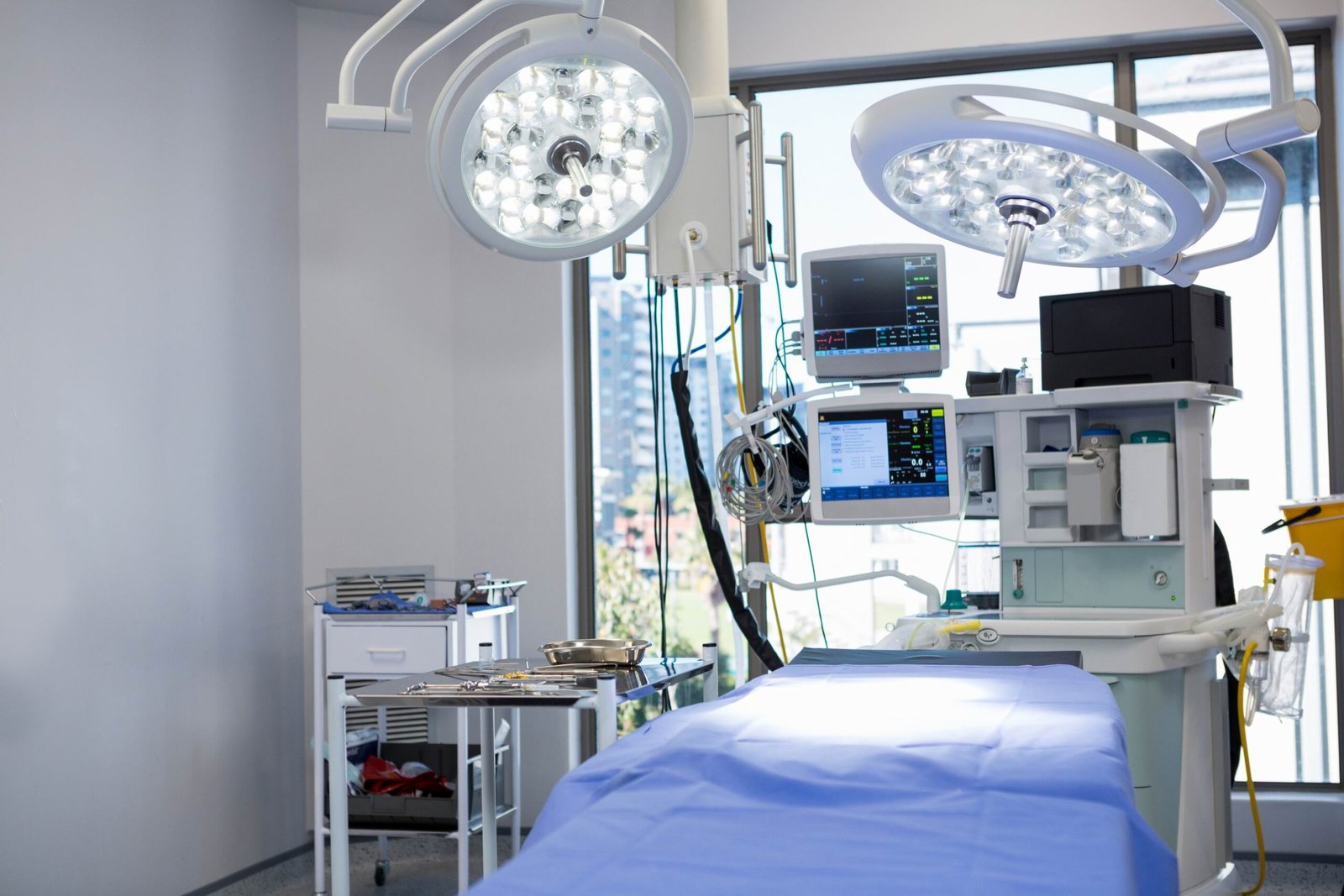
MEDICAL EQUIPMENT FINANCING
Medical equipment financing refers to the process of obtaining funding to purchase or lease medical equipment for healthcare facilities, such as hospitals, clinics, and private practices. This type of financing can help healthcare providers access the latest technology and equipment without having to pay the full cost upfront.
Here are some key points to consider about medical equipment financing:
- Types of financing: Medical equipment financing can take several forms, including loans, leases, and equipment financing agreements. Each type has its advantages and disadvantages, and businesses need to carefully evaluate which option is best for their needs.
- Benefits of financing: Financing medical equipment allows healthcare providers to acquire the latest technology and equipment without having to pay the full cost upfront. It also helps businesses conserve cash flow and preserve credit lines for other needs.
- Eligibility requirements: Healthcare providers must meet certain eligibility requirements to qualify for medical equipment financing, such as having a good credit history and demonstrating the ability to repay the loan or lease.
- Types of medical equipment: Medical equipment that can be financed includes a wide range of items, such as diagnostic equipment, imaging systems, surgical equipment, and patient monitoring systems.
- Financing options: There are several financing options available for medical equipment, such as traditional bank loans, equipment financing companies, and manufacturer financing programs. Each option has its own requirements and benefits, and businesses need to carefully evaluate which option is best for their needs.
- Risks and considerations: Financing medical equipment involves some risks and considerations, such as interest rates, fees, and repayment terms. Businesses need to carefully evaluate these factors before entering into a financing agreement to ensure that they can meet the financial obligations.
In conclusion, medical equipment financing is an important tool for healthcare providers to acquire the latest technology and equipment. It allows businesses to conserve cash flow and preserve credit lines while ensuring that they have the equipment needed to provide high-quality patient care. However, it is important to carefully evaluate the financing options and risks before entering into an agreement.

